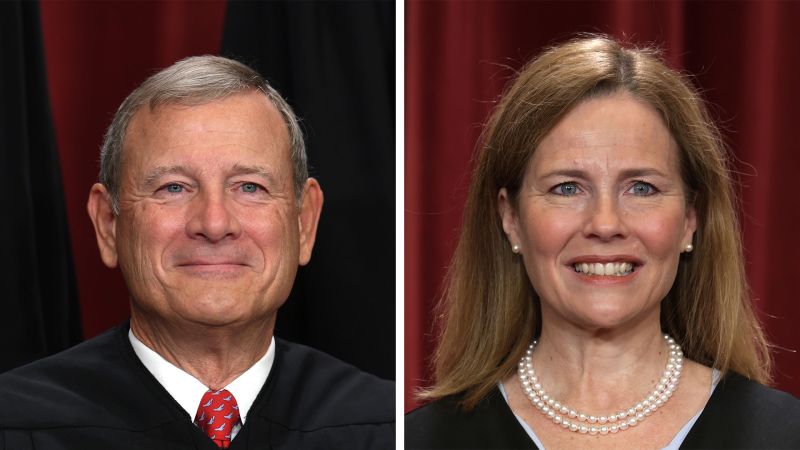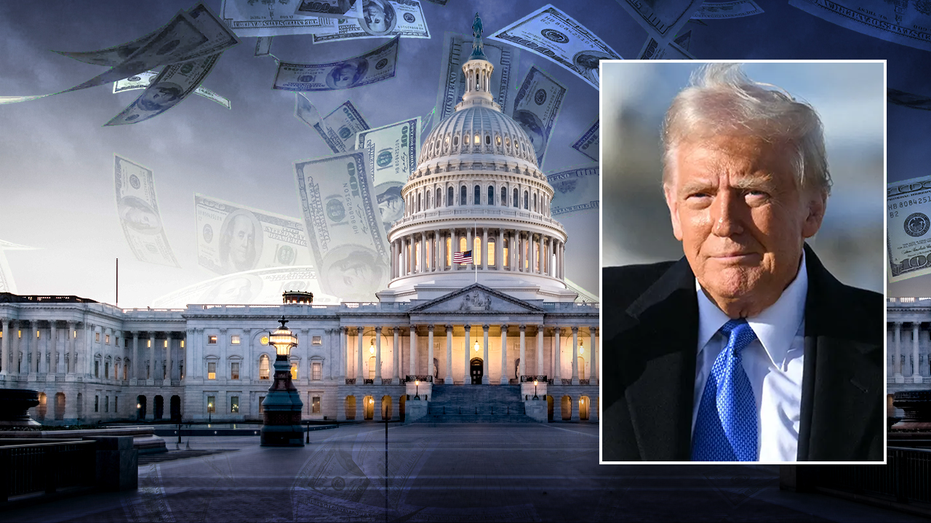Chief Justice John Roberts wields an influence within the Supreme Court that extends far beyond the singular weight of his judicial vote, establishing a sophisticated and often understated power dynamic designed to shape outcomes and foster crucial consensus among the justices. As the nation’s leading judicial figure, Roberts strategically navigates the complex landscape of American constitutional law, acting as a pivotal institutional leader whose operational strategies provide critical insight into the intricate workings of the United States’ highest court.
One of the most potent, yet less visible, tools at the Chief Justice’s disposal is the control over the Supreme Court’s agenda. Roberts holds significant sway in deciding which cases the Court hears, a process known as granting certiorari. This authority allows him to steer the Court’s docket toward issues he deems essential or those that align with his broader jurisprudential vision. Furthermore, his power to assign opinion writing in cases where he is in the majority is a profound strategic advantage, enabling him to designate who articulates the Court’s reasoning, thereby subtly influencing the legal precedent established and the very interpretation of statutes.
Beyond these procedural levers, Roberts actively engages in private persuasion and cultivates interpersonal dynamics among his colleagues. His methods often involve behind-the-scenes discussions, quiet diplomacy, and a deep understanding of each justice’s judicial philosophy and personal inclinations. This nuanced approach to fostering relationships and mitigating potential fissures within the Court allows him to build bridges between ideologically diverse factions, seeking common ground even on the most contentious legal questions facing US Politics.
A critical aspect of the Chief Justice’s role involves balancing the Supreme Court’s inherent ideological divides while simultaneously safeguarding its public image and legitimacy in the eyes of the American public. Roberts often aims to shepherd the Court towards decisions that appear less politically charged, even in highly sensitive areas, to preserve the institution’s perceived impartiality. This delicate act of balancing competing philosophies against the need for institutional cohesion underscores the unique demands of his judicial power.
His capacity to find common ground or strategically frame arguments that resonate across the Court’s spectrum is a hallmark of his influence. In cases where sharp dissent seems inevitable, Roberts frequently works to identify areas of agreement, sometimes leading to unanimous or near-unanimous decisions on narrower points, even if broader ideological disagreements persist. This skill in navigating complex legal questions and potentially dissenting factions allows him to exert a profound, albeit often understated, impact on American constitutional law.
Ultimately, the Chief Justice’s ability to build coalitions and mitigate sharp internal conflicts is crucial, particularly when the Supreme Court tackles highly contentious cases that capture national attention. This behind-the-scenes work ensures that the Court functions as a cohesive body, minimizing public displays of discord that could erode public trust. Understanding these nuanced methods Roberts employs provides critical insight into how a single figure can exert such significant influence over the direction of American jurisprudence.
Discover more from The Time News
Subscribe to get the latest posts sent to your email.





